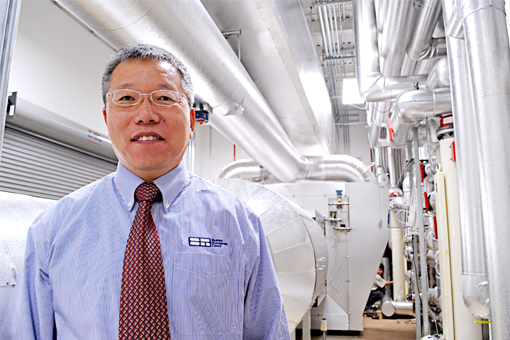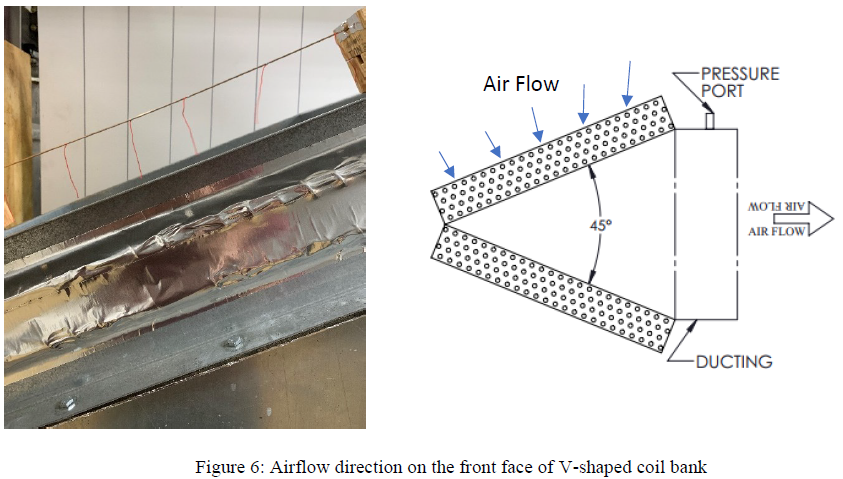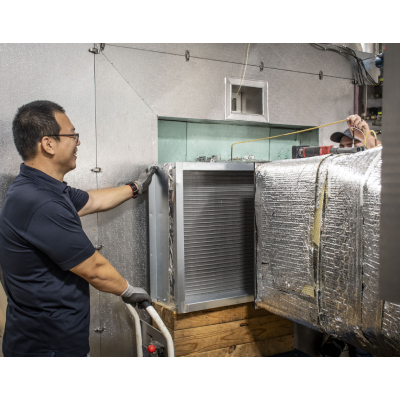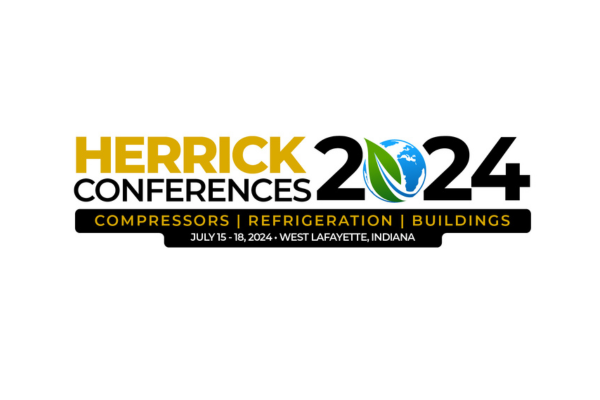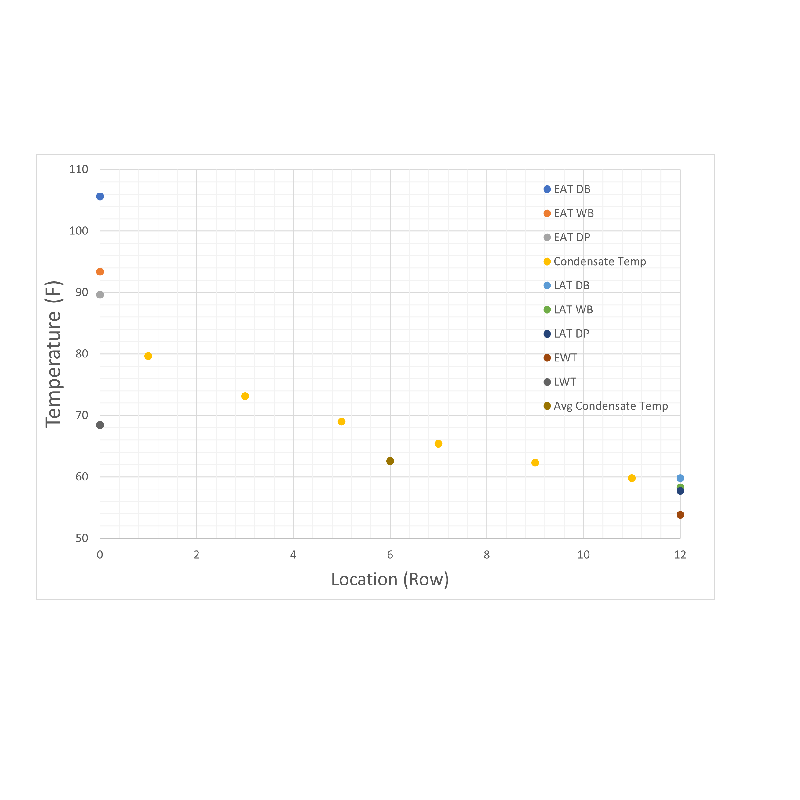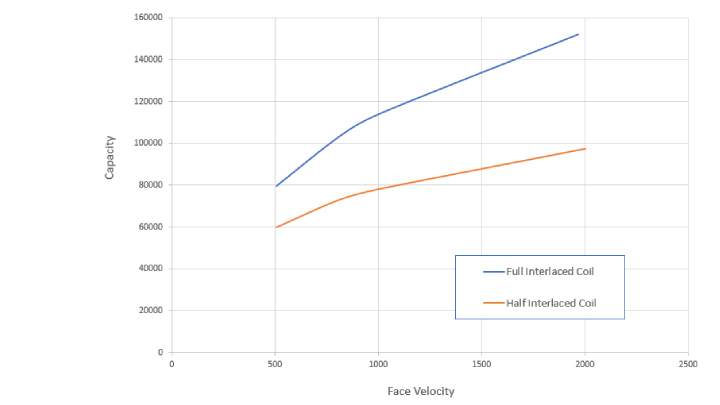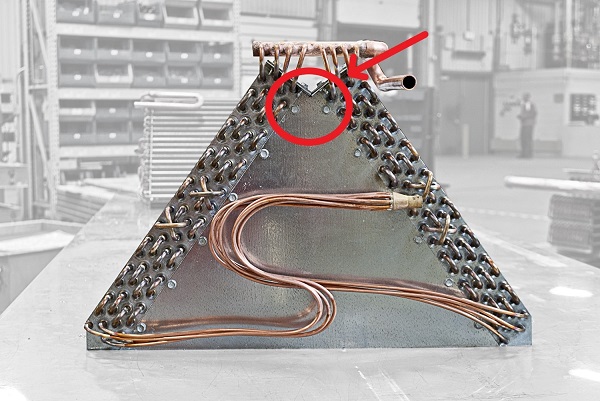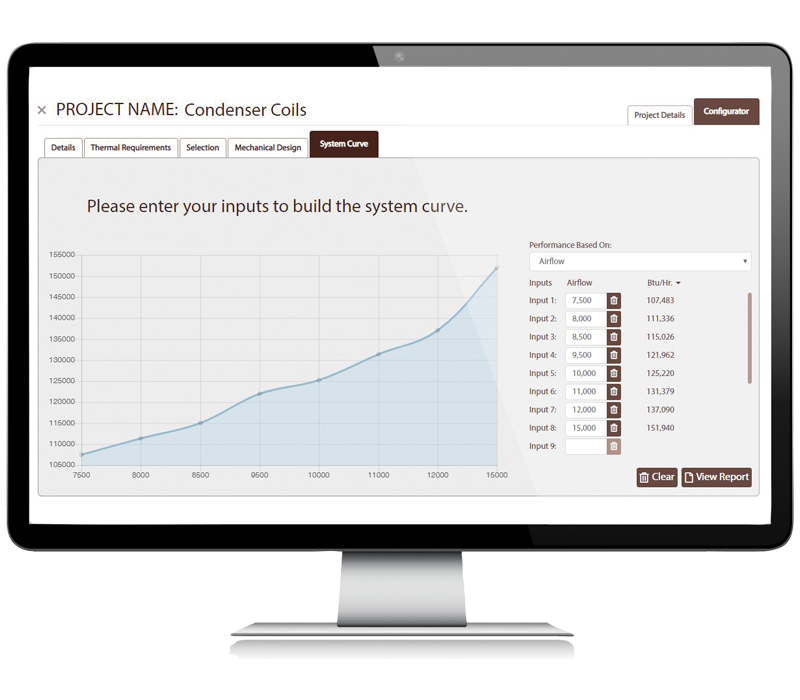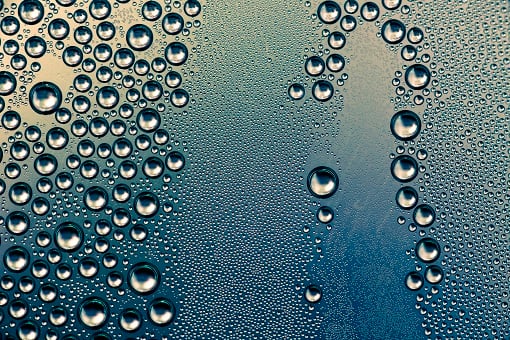In this study, the air friction from a V-shape coil bank as well as a slab coil from the coil bank was measured at a range of face velocities from 100 to 1000 FPM (0.51 to 5.08m/s) in an open environment. The angle of the V-shape’s apex was measured at 15 to 60 deg. The results were then compared with those of a slab coil. In general, higher face velocity caused higher air friction, as did increasing the apex angle’s acuteness.
Something Powerful
Tell The Reader More
The headline and subheader tells us what you're offering, and the form header closes the deal. Over here you can explain why your offer is so great it's worth filling out a form for.
Remember:
- Bullets are great
- For spelling out benefits and
- Turning visitors into leads.


